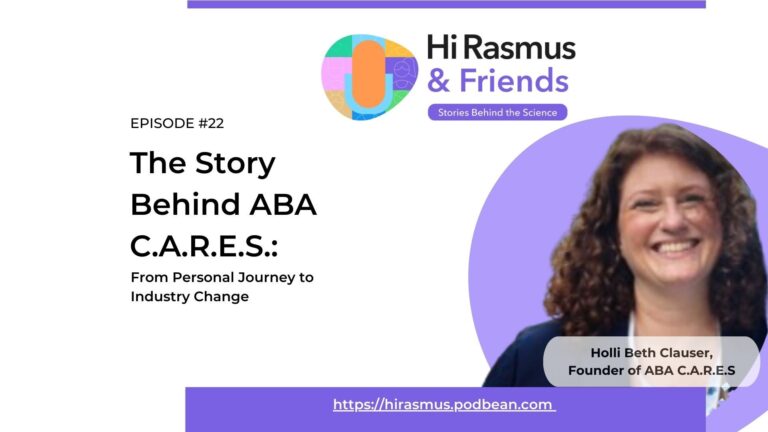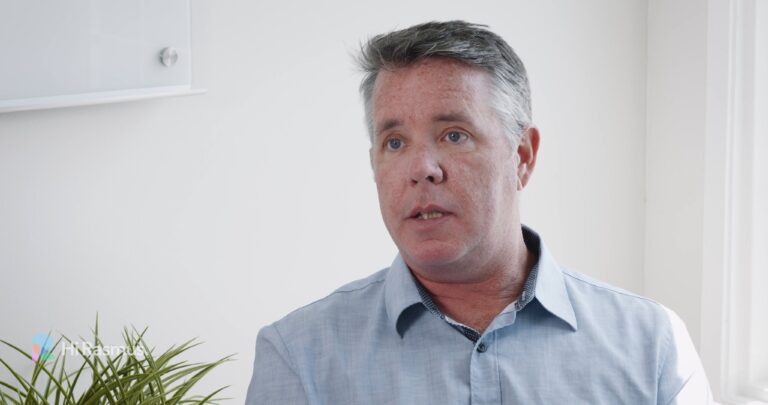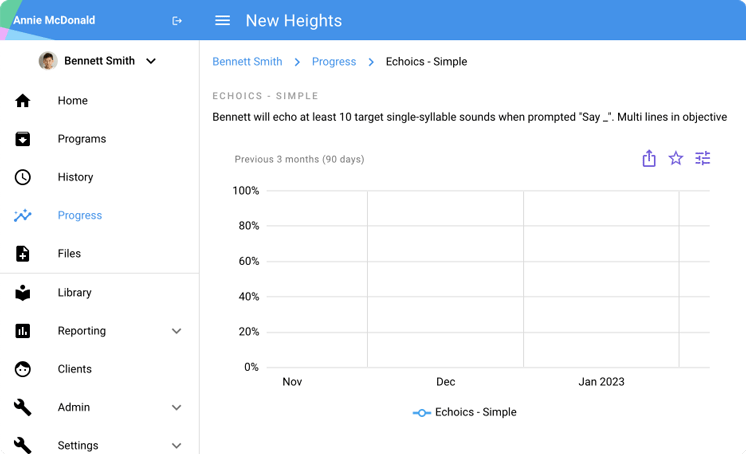Presented by Dr. Jill Sher, School Psychologist & BCBA-D
Hosted by Amy Cook, BCBA & Community Manager
As the school year begins, educators and clinicians face new challenges in supporting learners with significant behavioral needs. In our recent Hi Rasmus Back-to-School Webinar, Dr. Jill Sher unpacked practical strategies for building classroom systems that last—rooted in evidence, empathy, and shared understanding among adults.
This recap highlights key takeaways on how to align beliefs, define terms, and strengthen systems, enabling students to achieve optimal growth and thrive.
Why Behavior Change Starts with Adults
A central theme of the webinar was Prochaska’s Stages of Change. Before focusing on the child, we must first assess the readiness of parents, teachers, and staff to change.
- Do adults recognize the behaviors and triggers the same way?
- Are the adults willing to change their own behavior?
- What outcomes matter most to them?
When safety issues necessitate immediate action, Dr. Sher recommends motivational interviewing paired with modeling strategies in real-time. Reflection afterward helps build genuine buy-in and consistency.
Establishing a Shared Language Around Consequences
Words matter. Terms like consequence, reinforcement, and punishment carry very different meanings in everyday use versus applied behavior analysis (ABA). Without alignment, intervention plans can fall apart.
Key points to remember:
- Consequence = anything that follows a behavior and impacts its likelihood—not just punishment.
- Reinforcement = only valid if it increases behavior.
- Punishment = only valid if it decreases behavior.
Writing down definitions, revisiting them, and using them consistently keeps everyone on the same page.
Function of Behavior: Beyond “Good” and “Bad”
Dr. Sher emphasized viewing behavior as a form of communication and identifying unmet needs. Adults often need relatable analogies—like anxiety before a big presentation—to connect with a student’s experience.
Two essential questions:
- Is this a skill gap (they can’t do it yet)?
- Or a performance gap (they can, but not consistently)?
Answering this determines whether you focus on skill-building, reinforcement, or environmental adjustments.
Why Punishment Fails Long-Term
Punitive measures can temporarily suppress behavior, but they:
- Don’t build replacement skills
- Risk of damaging self-concept and motivation
- Contribute to cycles of hopelessness.
Instead, through the use of reinforcement systems, the focus shifts to teaching new skills and building resilience. Importantly, teams should expect extinction bursts and relapse as typical phases of change—not signs of failure.
Making Reinforcement Effective and Sustainable
Reinforcement is only powerful if it’s personalized and varied.
- A “reward” is meaningless if it doesn’t matter to the learner.
- Satiation happens—M&Ms lose value after 10 minutes!
- Use variety, adjust schedules, and measure effectiveness against actual behavior change.
This keeps systems motivating across time, settings, and staff.
Interdisciplinary Support: Communication and Sensory Integration
Many behaviors have roots in communication or sensory processing. Collaborating with speech-language pathologists and occupational therapists ensures interventions address the whole learner. As Dr. Sher shared, some of the most effective interventions emerged when ABA, SLP, and OT professionals worked in tandem.
Scaling Systems for Consistency
To ensure fidelity, design systems that any adult can implement:
- Provide clear, written protocols.
- Plan for substitute teachers or staff changes.
- Embed reflection check-ins and data reviews.
- Teach maintenance and generalization strategies early.
Sustainable systems mean success can be built into the environment.









